Tourist Attractions of the South Comoé Region and its surroundings


Situated southeast of the country and more precisely in the Comoé district, the headquarter of the South-Comoé Region is Aboisso and it covers an area of 7,278 km². With a population estimated at 656,150 inhabitants (2010), it includes the cities of Aboisso, Adiaké, Ayamé, Grand-Bassam, Bonoua, Tiapoum and Maféré. The economy of the South Comoé Region is very diversified and it relies partly on agriculture (cocoa, coffee, rubber, oil palm, pineapple, cassava, etc.), mining, hydroelectric exploitation, fishing, breeding and transport. The South-Comoé region has a huge tourist potential that offers a perfect and ideal area where you can experience all forms of tourism, namely seaside tourism, cultural tourism, ecotourism and hiking. This region is mainly populated by the Agnis Sanwi, Abouré, Nzima Kotoko, Attié, Mbatto, Abidji, Abbey, Krobou and many other groups. They are almost all from the Akan group and live in perfect harmony.
Grand Bassam
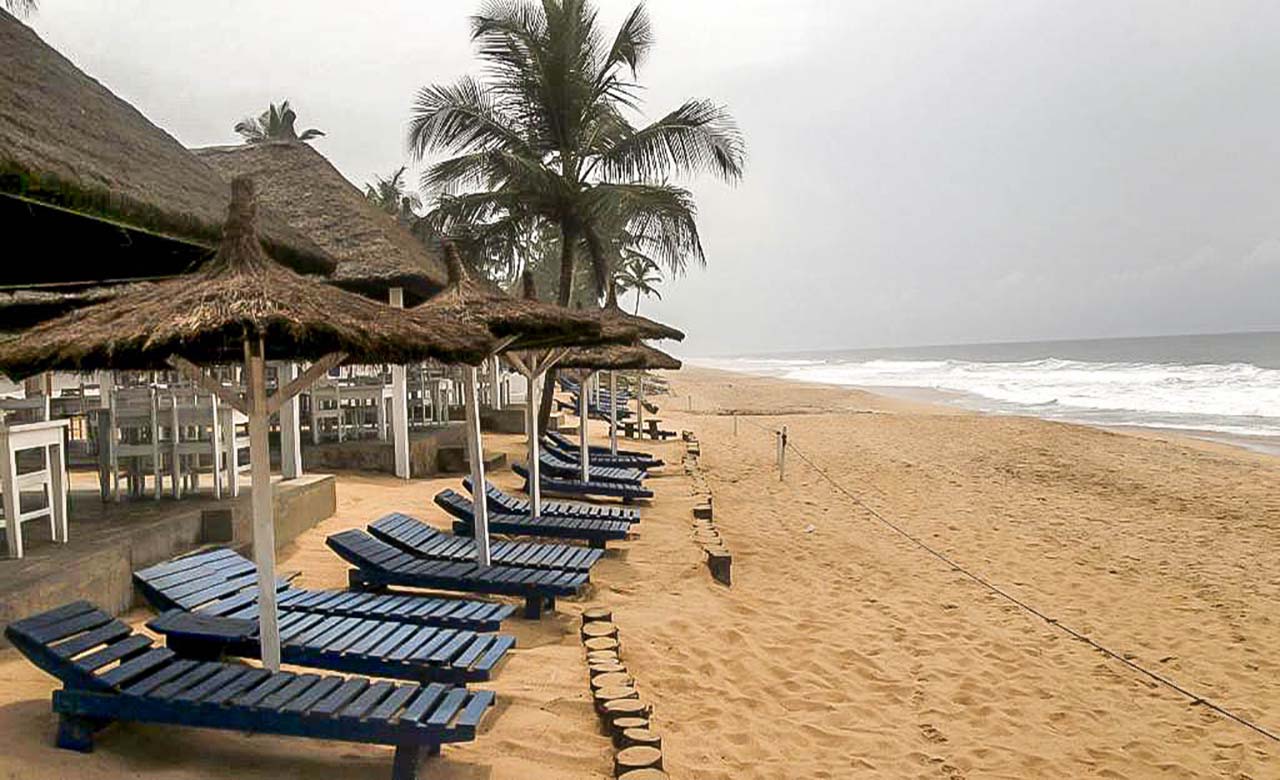
Grand-Bassam is a historic city and an ancient capital of Ivory Coast (1893-1900). Located 43 kilometers east of Abidjan, Grand-Bassam is one of the Ivorian cities with an exceptional colonial heritage, its National Costume Museum and its many craft centers. Located near the city of Grand-Bassam with the Atlantic Ocean which gives them a seafront with beautiful and exceptional beaches, the beaches of Grand-Bassam are a must to be visited by all visitors to Côte d’Ivoire. Every weekend, they attract hundreds of visitors who enjoy water sports, fishing, bathing, relaxation, sunbathing, swimming, beach walks, picnics, etc.
The Grand Bassam National Costume Museum

Established in 1981, the National Costume Museum is responsible for the preservation of national collections of costumes, organization, development and all research related to Ivory Coast dress. This museum houses an important collection of traditional costumes of all the regions of Ivory Coast. The collection consists of costumes, various ornaments, models of traditional habitats, dancing masks and full-size masks, ethnological and colonial photographs, publications and other written documents. It has about 786 pieces and models of traditional habitats.
The Liberty Statue of Grand Bassam
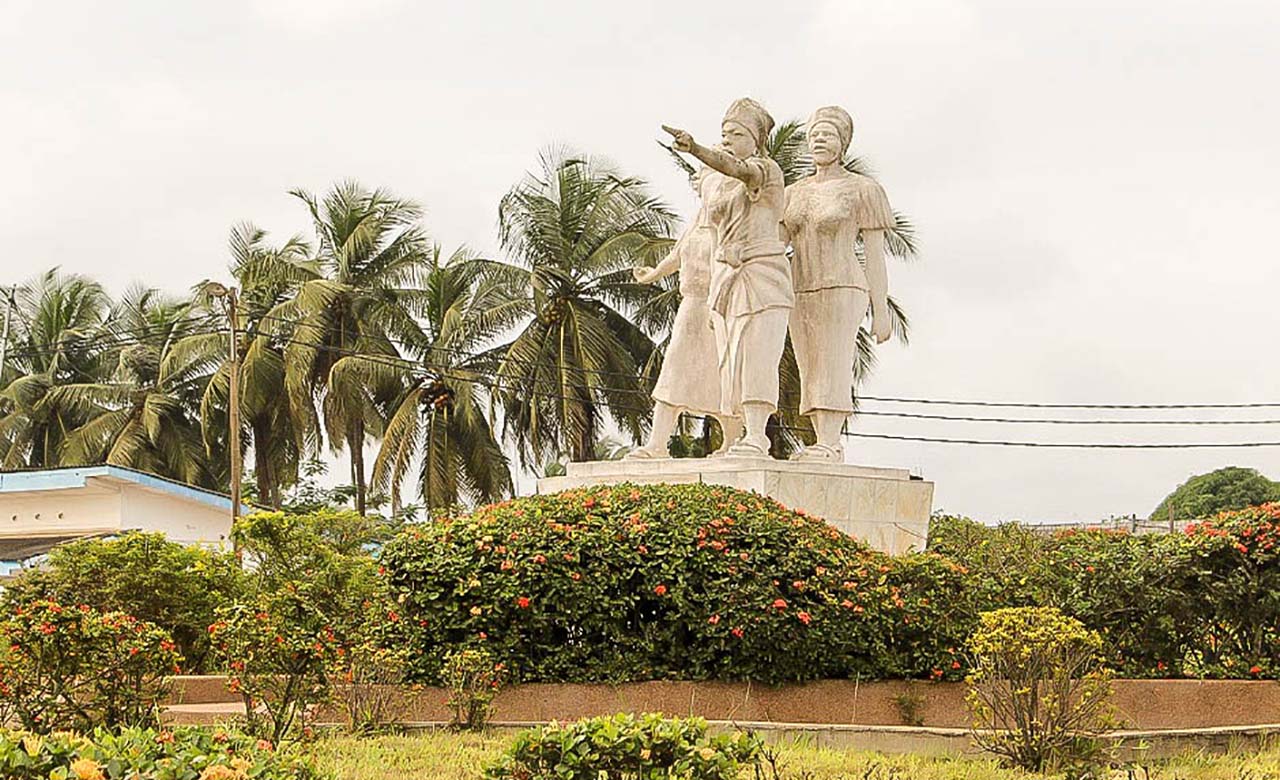
This monument is dedicated to the women’s march of 24 December 1949, following the incarceration of their husbands in the same year. The women decided to march at Grand Bassam for the liberation of their husbands and to rise against colonialism. On December 24, 1949, they headed towards Grand Bassam using the current Victory Bridge. Their goal was to rally the civilian prison located a few meters east of this bridge. Unfortunately, they were arrested by the colonial authorities and then brutalized before being killed. However, their husbands were not being released, but the bravery of these women was to be saluted. In memory of this tragic event, the bridge of victory was
built to salute their uprising.
The Abissa Festival at Grand Bassam
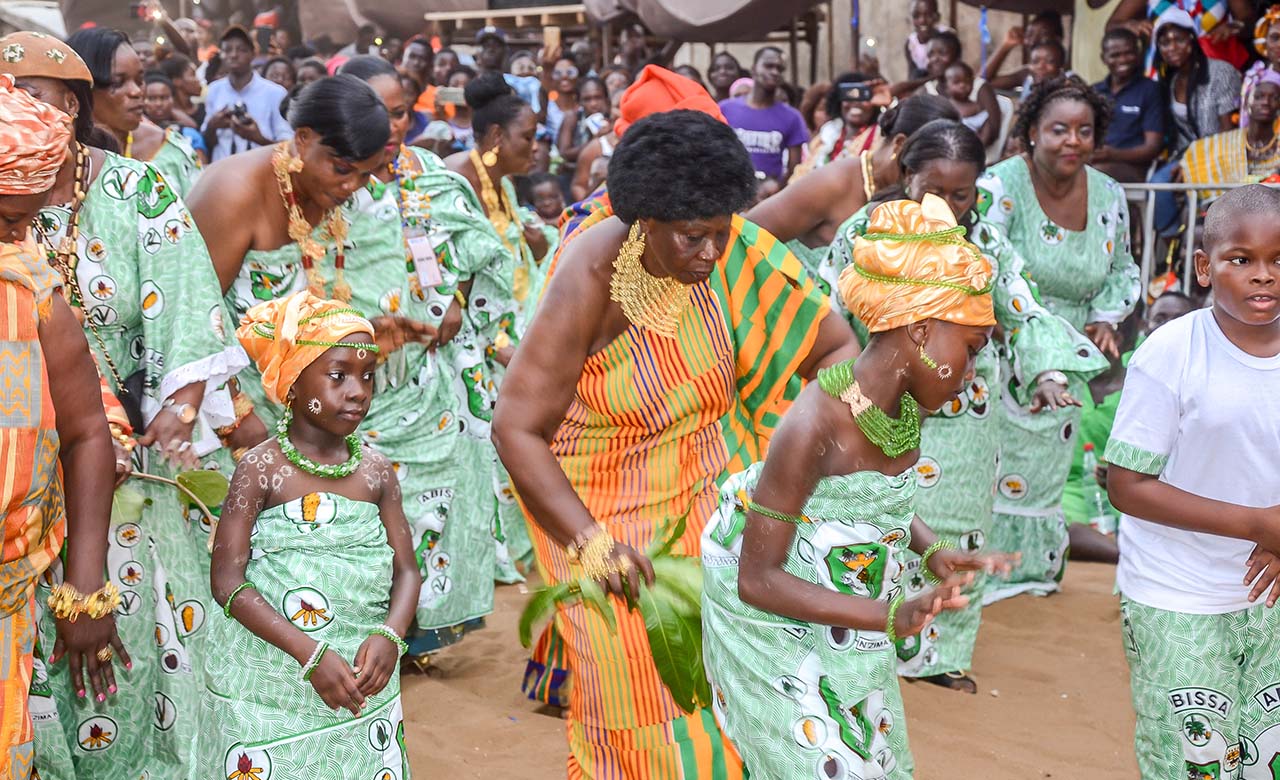
The festival of Abissa is a popular festival in the seaside town of Grand Bassam and is the cultural identity of the N’Zima people. This traditional and cultural festival is celebrated every year at the end of October by the N’Zima community and symbolizes the concepts of democracy and social justice. The festival of Abissa brings together thousands of spectators and tourists. It is an occasion of reunion between the sons and daughters of the region, made up of seven tribes of the N’Zima clan.
The popo carnival of Bonoua

The popo carnival of Bonoua is a cultural event celebrated every year in the city of Bonoua (50 km east of Abidjan). The “Popo Carnival” is held every year in late March and early April. This great cultural event is well appreciated by the local population and visitors.
The city of Assinie and its beautiful beaches

Assinie is a locality in the south-east of Ivory Coast, belonging to the Adiaké Division located about 80km from Abidjan. Assinie is one of the must-see places to visit in Côte d’Ivoire. The sunny shores of Assinie offer a wonderful and unique show of its kind. This site is a paradise for lovers of water sports (jetski, towed buoy, Kayak/canoe etc). Visitors can stroll along the beaches, sunbathe, swim in the ocean with breathtaking waves, picnic, bask in the shade of the tall coconut trees along the wonderful beaches of Assinie Mafia and Assouindé Beach.
The Assinie Mafia Museum
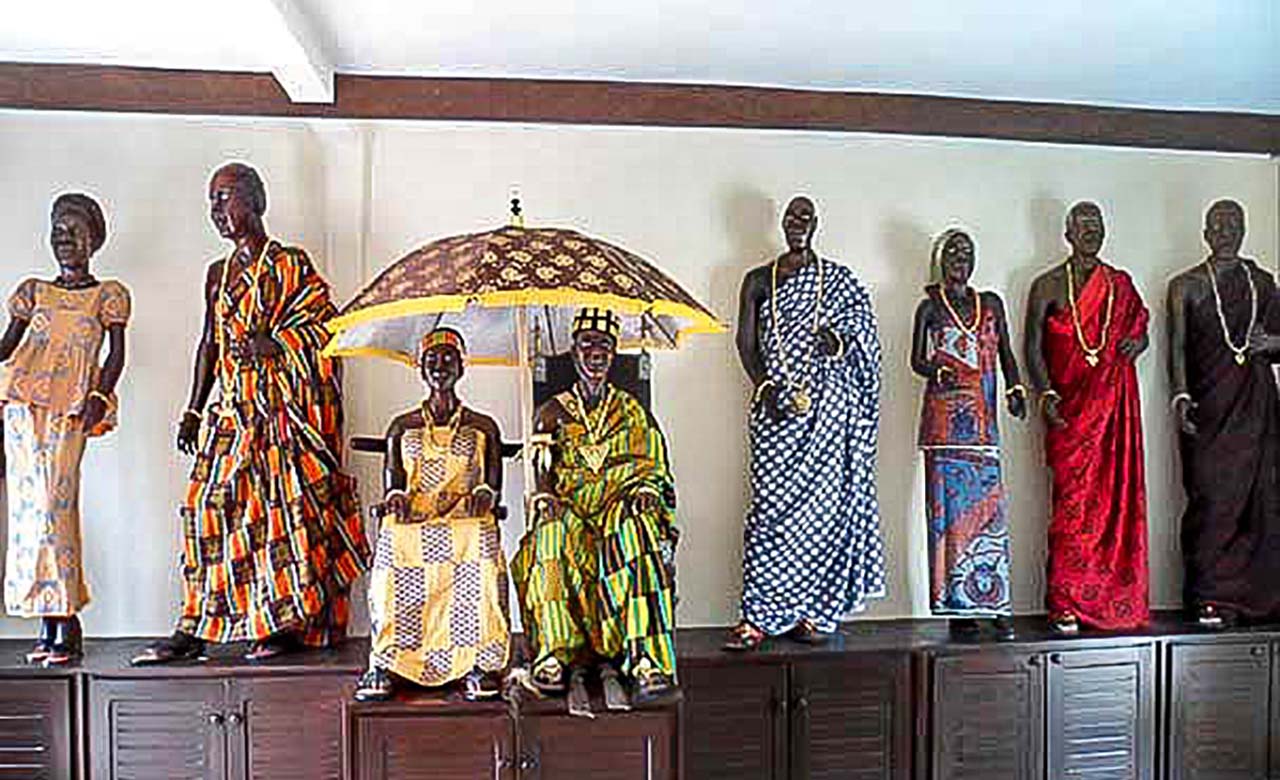
Located in the village of Mafia, the “ANIABA” museum of Assinie is a place of pilgrimage for lovers of cultural tourism. This museum is endowed with an outstanding cultural heritage and will allow you to immerse yourself in the N’Zima culture. The museum has many relics of the past, as well as costumes, ornaments, and traditional objects. A professional guide will accompany you in this wonderful cultural adventure.
The “DIPI CROCODILE” Zoological Park
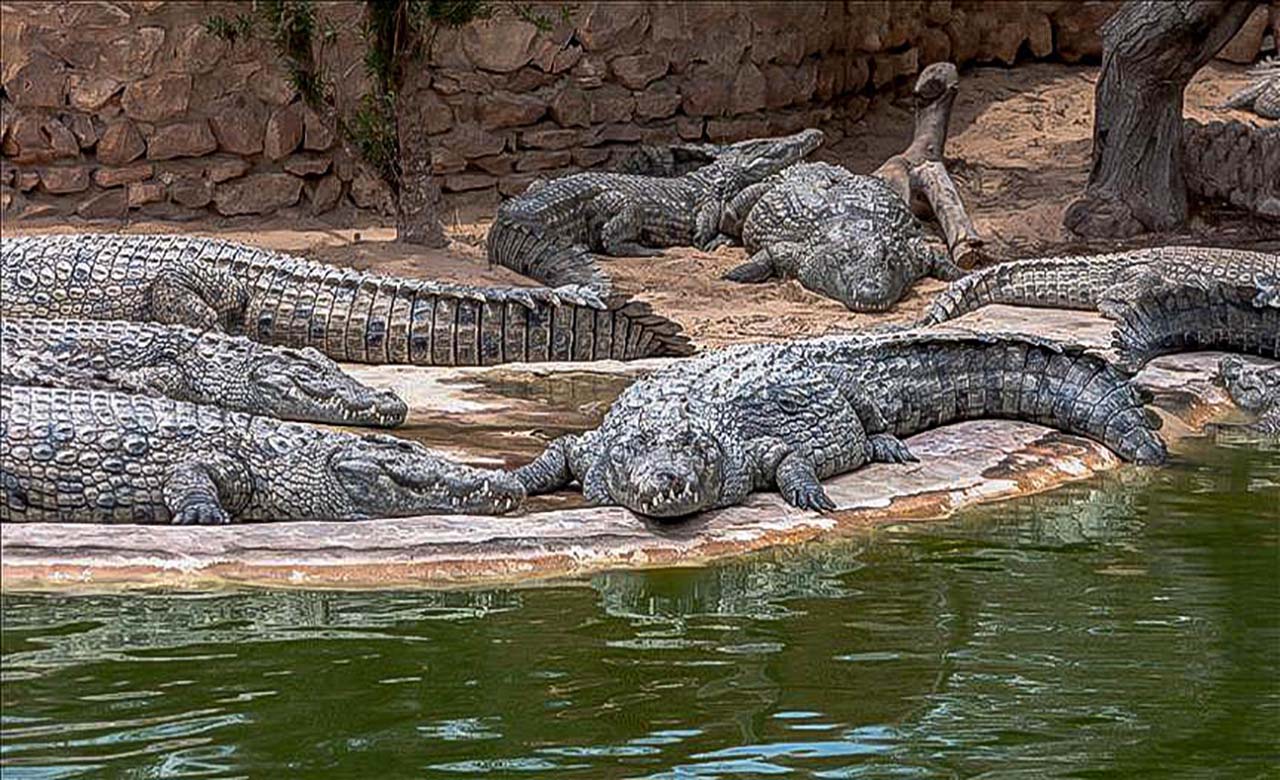
It was created in 1986 by Pierre DUPUY. It covers a surface area of over 7,000 m2. The DIPI Zoological Park is one of the major attractions of the Assinie Region and its environs. This park is home to crocodiles, reptiles, saurian, birds, ostriches, deer, aquarium fish, monkeys and many other animal species. A visit will allow you to discover a space dedicated to the protection of animal species of all kinds.
The marine park of the Ehotilés Islands
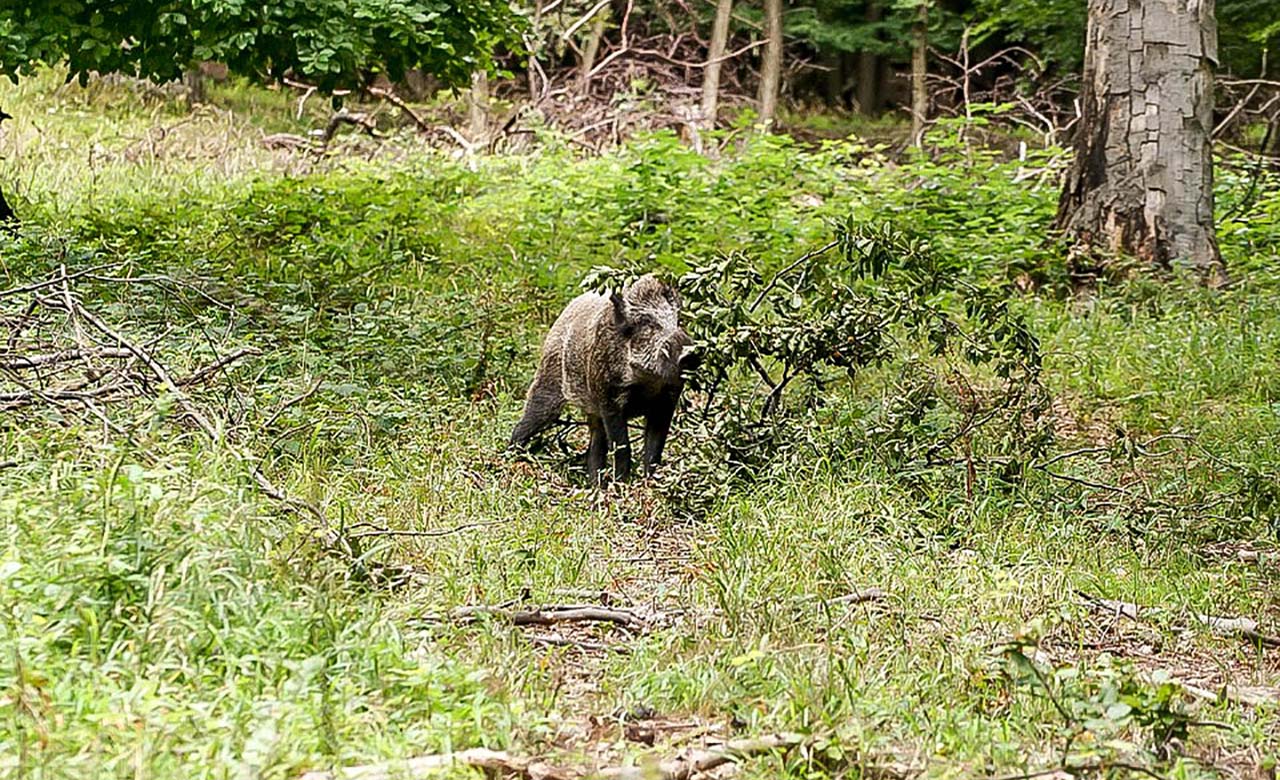
Located in the south-east of the country near Assinie, the marine park was created in 1974, it covers a total area of 500 hectares and consists of a group of 6 islands. The park’s wildlife is diverse. Indeed, the mangrove creates a nutritive system essential for the reproduction of numerous aquatic species. Like all coastal wetlands, the Ehotile Islands National Park is home to a remarkable birdlife. There were 128 bird species in 35 families and most of these are aquatic species, with migratory species added in the dry season. The park is also home to forest-specific mammals such as duikers, bush pigs and rodents. In addition to these animals, the park is home to two species that give it its
originality: bats and manatees.
